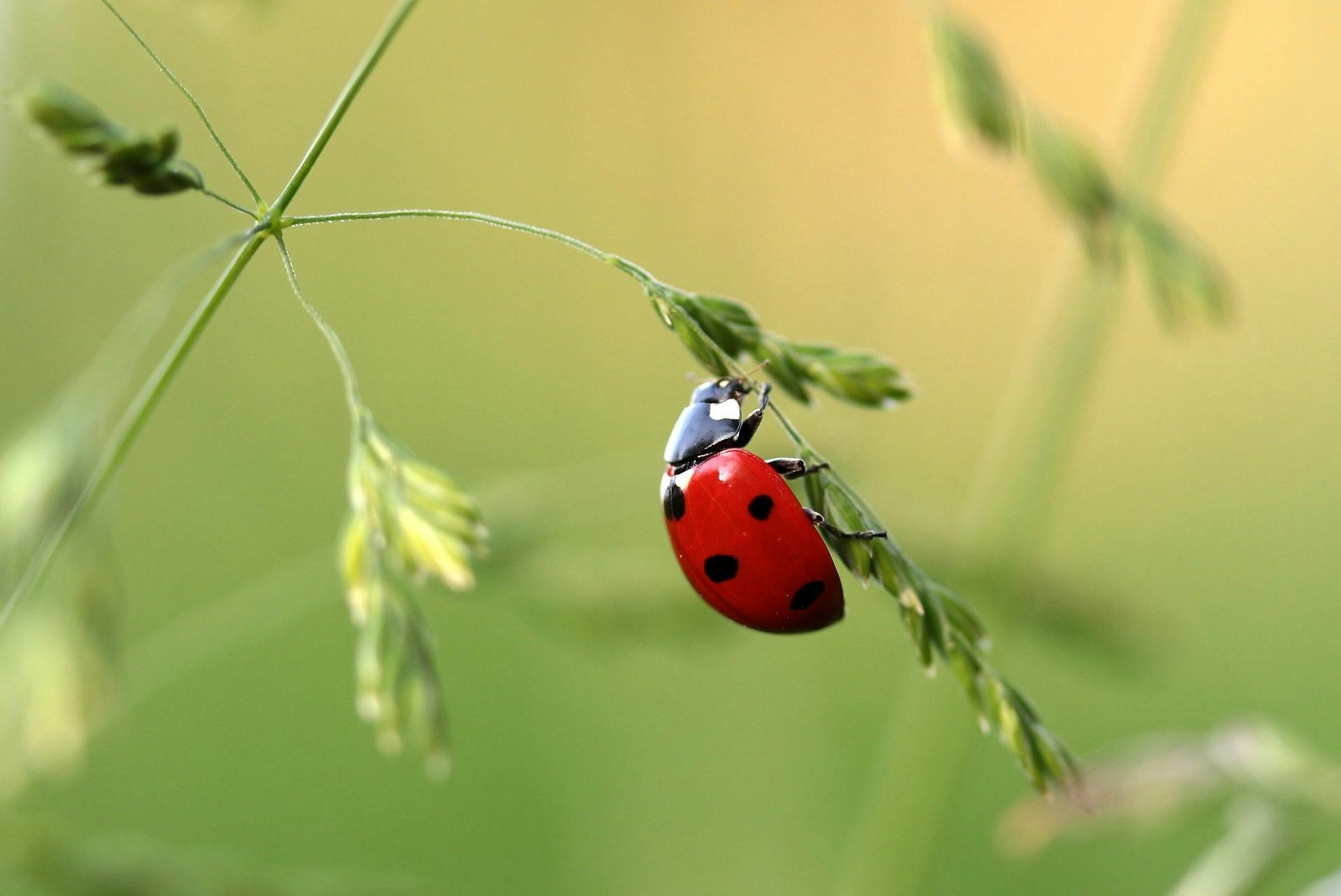Understanding the Unseen: The Hidden World of Insect Pets
Insect pets might not be everyone's first choice, but they have an undeniable charm that often goes unappreciated. From the fluttering wings of exotic butterflies to the fascinating lives of ants, insect pets offer a window into a world that many of us rarely get to see up close. This article delves into the overlooked realm of insect pets, shedding light on their unique characteristics, care requirements, and the benefits they bring to their owners.

A History of Insect Pets
The practice of keeping insects as pets dates back to ancient times. In China, the chirping of crickets was once considered a symbol of luck and prosperity, leading to their widespread domestication. Similarly, Japan’s Edo period saw the advent of beetle fights, where children would pit stag beetles against each other in harmless bouts of strength.
In the modern era, insect pets have found a niche market among animal enthusiasts. Creatures like tarantulas, stick insects, and praying mantises continue to endear themselves to owners with their low maintenance requirements and unusual looks.
The Latest Buzz: New Trends in Insect Pet Ownership
As more people discover the joys of raising insect pets, several trends have begun to emerge. One of the most notable is the rising popularity of ant farms, particularly those with clear panels that allow owners to observe their ants’ intricate tunnel systems.
Butterfly gardening has also taken off, where enthusiasts plant specific flora to attract and support local butterfly populations. It’s a win-win situation, providing a hobby for humans and a much-needed habitat for butterflies.
Pricing and Market Impact of Insect Pets
Insect pets can be incredibly budget-friendly, making them an accessible option for many. Ants, for instance, can often be caught in the wild at no cost. Even purchased insects are generally affordable, with a pet tarantula costing anywhere from $20 to $100 depending on the species and age.
While the insect pet market is small compared to dogs or cats, it’s steadily growing. This expanding market has spurred developments in specialized pet products, such as insect habitats and food.
Behind the Buzz: The Science of Insect Pets
Keeping insect pets isn’t just a fun hobby; it can also be a great educational opportunity. Insects have complex lives and behaviors that can reveal much about ecology and evolution. For example, many species of ants have sophisticated social structures, complete with a queen, workers, and soldiers.
Moreover, insects like butterflies can serve as indicators of environmental health, providing valuable data on local ecosystems. This makes the care of insect pets a potentially rewarding endeavor on multiple levels.
Making the Most of Insect Pet Ownership
Owning insect pets can offer numerous benefits. They require minimal space and are relatively low-maintenance, making them ideal for those with limited room or time. Moreover, observing their unique behaviors can be a source of endless fascination and learning.
However, prospective owners should do their research before diving in. Insect pets have specific needs that must be met to ensure their health and happiness. Proper habitat setup, diet, and handling techniques are all crucial aspects of insect pet care.
Insect pets might not be as cuddly as a kitten or as loyal as a dog, but they have a charm all their own. By bringing a slice of the wild into our homes, they offer a unique opportunity to connect with the natural world and learn more about the fascinating creatures that inhabit it.




